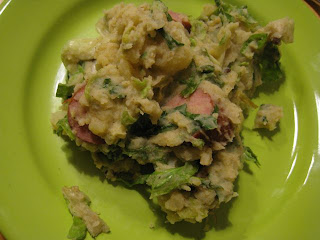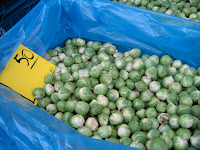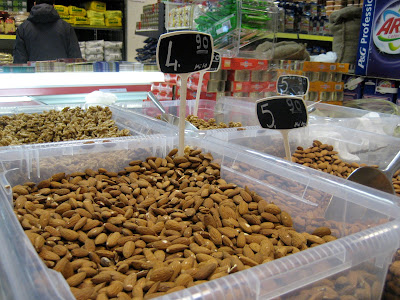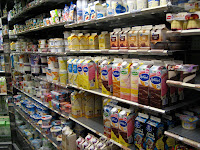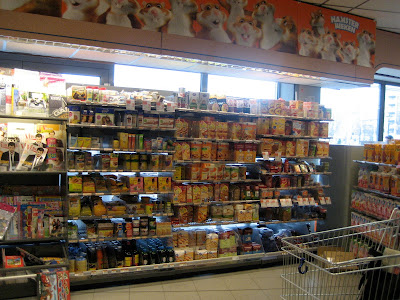Yikes! I have seriously been slacking on the blog-writing front lately. Maybe because I’m finally busy doing real research? Or maybe because the Nigerian National Archives have finally crushed my spirit and I can only drag myself home at night to watch boot-legged Arrested Development on my laptop as I cry into my fried-fish-and-stew? Well, maybe a bit of both.
Newspapers are photocopied by slicing the pages out of the bound book and then shoving them back in haphazardly.
Oh, the pain in my heart.
Anyway, before I had even left the Netherlands, Diana and I planned that I would write a post about beer. Now, as I sit here nursing a cold bag of water, memories of deliciously-cozy beer drinking are fading fast, so I better get it all down quick. (As a completely useless aside, lesson learned for next time you are kickin’ it in West Africa: don’t walk around carrying your water sachet clamped in your teeth or you will inevitably run into a coffee table, drop said sachet, soaking yourself and your unread books and leaving you with an enormous bruise across your shin. Just a friendly tip.)
Demonstrating the water-breast hold. Use at your own risk.
Although I seem to be spending a lot of time talking about beer, I am not a huge fan of the drink myself. I prefer champagne or gin and tonics. But my husband loooooooooves beer. The fancy-pants kinds. I might even call him a “beer snob” but I know he hates that because “(exasperated sigh) Regan! Beer snobs only drink one kind of beer – I’ll drink anything.” Oh, ok. He’ll drink any of the $8 beers on tap at Father’s Office; he’s a man of the people. (I kid, honey! Love you!!) So, a trip to the Netherlands and Belgium must involve some tasting of beer. Our first and most important stop: Gollem, a tiny bar in central Amsterdam. I love that 1) the bar is un-ironically named after a Lord of the Rings character and 2) when Dutch people say the name, it sounds just like Gollem himself would pronounce it - you know, super evil because the Ring has destroyed his human-ness and therefore he has to speak like he’s clearing his throat all of the time.
This little place has recently hit the big-time and now has two other locations, diluting its charm somewhat because, you know, we’re Americans and we think everything in Europe should be tiny and there should only be one. Except for Ikea.
Ikea hotdogs. Yum-o.
Nevertheless, we love the Gollem and sitting in an ancient and steamy bar with friends and family while the snow falls outside is a wonderful thing. Try it! Gollem has an overwhelming selection, so populist-beer-drinker-James got to try some new ones and I confirmed the fact that I love sour beers. The more sour, the better. Which is weird, since you’d think that I wouldn’t like odd-tasting beers because I think most beer tastes like rotten (rhymes-with-kiss). (By the way, I’ve been giggling to myself for the past two minutes because thinking about how to describe most beers reminded me of the time that James was sitting at our kitchen table and he called some guy from school a ‘prick’ and my mom got all wide-eyed and gasped “James!” and I couldn’t breathe because I was laughing so hard, especially when James told me that he thought it would be ok to use that word because my mom said “pissed off” all the time. Ahh, the good ole days.)
One of the best beer shops in the entire world is located directly across from Gollem. It’s run by two Irish guys who begrudgingly answer questions and have a fat cat that stalks the street, making sure everyone is behaving. We dropped by this shop at least three times, first for stocking stuffers, then for beer to take back to LA, then for more beer to take back to LA.
Lest you think that all we did is shop for and/or drink beer, here are some pictures of our walk to the beer store:
In case you’re wondering, James is making that face because I insisted on re-taking the picture
after I saw that my scarf had not covered my double chin in the first shot. Maybe he needed a drink . . .
See, we meandered, we admired the views, we caught snow on our tongues. Such lovely times.

























